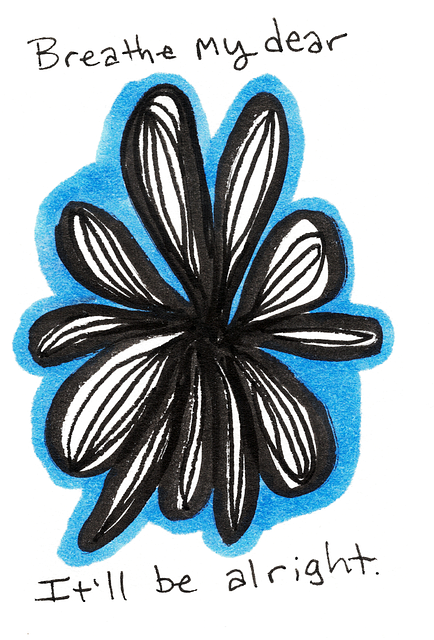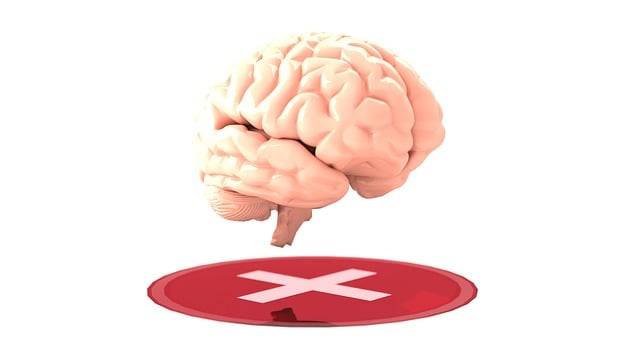In child therapy, therapists must navigate complex interpersonal dynamics to ensure a safe and nurturing environment. This involves managing boundary crossings, biases, and transference/counter-transference issues through proactive measures like supervision, training (including stress management and cultural competency), peer consultation, and burnout prevention. A comprehensive risk management plan, updated with emerging research and best practices, is crucial for protecting both therapists and clients while fostering a space where young individuals can heal and thrive.
In the noble field of mental health, especially within child therapy settings, risk management planning is paramount. This article guides mental health professionals through crucial aspects of risk assessment and mitigation, focusing on both the unique challenges posed by interpersonal issues and the understanding of risks specific to child therapy. We explore strategies for developing robust risk management plans, effective monitoring techniques, and swift response mechanisms, with a particular emphasis on enhancing safety in therapeutic environments while addressing sensitive interpersonal issues.
- Understanding Risks in Child Therapy Settings
- Interpersonal Issues: Identifying and Mitigating Potential Hazards
- Developing a Comprehensive Risk Management Plan
- Strategies for Effective Risk Monitoring and Response
Understanding Risks in Child Therapy Settings

Child therapy settings present unique challenges due to the sensitive nature of interpersonal interactions between therapists and young clients. Understanding risks is paramount for mental health professionals to ensure a safe and nurturing environment. Interpersonal issues, such as boundary crossings or inappropriate relationships, can have severe consequences on children’s well-being. Therapists must be vigilant in identifying potential risks, including their own biases and emotional responses, which could inadvertently impact the therapeutic process.
Effective risk management involves proactive strategies like regular supervision, peer consultation, and attendance at specialized training programs, such as stress management workshops or cultural competency training for healthcare providers. Burnout prevention is also critical to maintaining a healthy work-life balance, ensuring therapists remain attuned and effective in their practice.
Interpersonal Issues: Identifying and Mitigating Potential Hazards

Mental health professionals are often well-equipped to handle complex emotional scenarios, but they must also be vigilant regarding interpersonal issues that can pose significant risks in their line of work. These challenges include boundaries blurring between personal and professional lives, especially when treating children. As therapy for children is a delicate process, professionals must be attuned to potential hazards such as inappropriate relationships forming with clients or relying too heavily on transference and counter-transference dynamics.
Identifying these interpersonal issues early is crucial. Mindfulness meditation can aid in recognizing emotional triggers and developing coping skills. By fostering self-awareness, professionals can better navigate their reactions and responses, ensuring they remain objective and ethical. Additionally, promoting open communication with clients about boundaries and expectations can prevent misunderstandings and create a safer environment for emotional healing processes to take place.
Developing a Comprehensive Risk Management Plan

Developing a Comprehensive Risk Management Plan for mental health professionals is essential to ensure the safety and well-being of both practitioners and their young clients, particularly those receiving therapy for Children with Interpersonal Issues. This involves a multi-faceted approach that goes beyond basic crisis management protocols. A robust plan should incorporate strategies for Stress Reduction Methods, Empathy Building Strategies, and Coping Skills Development, tailored to the unique needs of each child and family dynamic.
By integrating these techniques, mental health professionals can proactively mitigate potential risks and create a supportive environment where children feel heard, understood, and empowered. Regularly reviewing and updating this plan based on emerging research, clinical best practices, and individual client progress is crucial for maintaining a comprehensive and effective risk management strategy in therapy settings.
Strategies for Effective Risk Monitoring and Response

Mental health professionals must adopt robust strategies for risk monitoring to ensure the safety and well-being of their clients. Regularly assessing client history, including past traumas, interpersonal issues, and any prior mental health diagnoses, is paramount. This comprehensive review allows practitioners to identify potential risks early on and implement tailored interventions. By staying vigilant, therapists can anticipate and effectively respond to escalating issues, such as suicidal ideation or acute anxiety, through immediate de-escalation techniques and crisis management protocols.
Additionally, fostering open communication with clients empowers professionals to gauge their emotional well-being. Encouraging regular check-ins, providing safe spaces for expression, and integrating public awareness campaigns on mental health can facilitate early detection of emerging risks. Equally important is staying informed about the latest research in therapy for children, as it offers innovative approaches to address interpersonal issues and promote healthy emotional healing processes. Effective risk management also involves integrating stress management techniques within therapeutic practices to build resilience among clients.
Mental health professionals play a crucial role in nurturing and safeguarding children’s well-being. By understanding the unique risks within child therapy settings, addressing interpersonal issues proactively, and implementing comprehensive risk management plans, therapists can create a safe and supportive environment. Effective risk monitoring and responsive strategies further ensure that any potential hazards are identified and mitigated promptly, fostering an optimal therapeutic experience for young clients. This holistic approach to risk management empowers professionals to provide high-quality care while safeguarding the vulnerable population they serve, particularly in addressing interpersonal issues within therapy settings.









